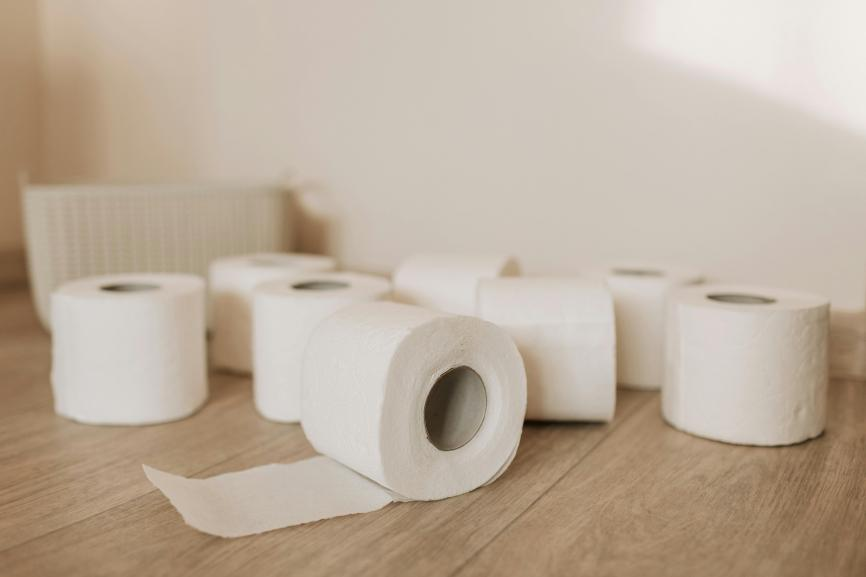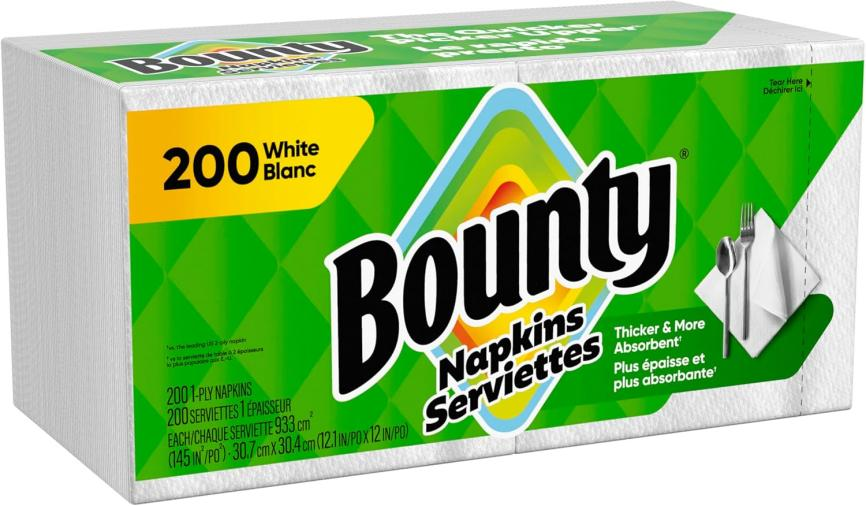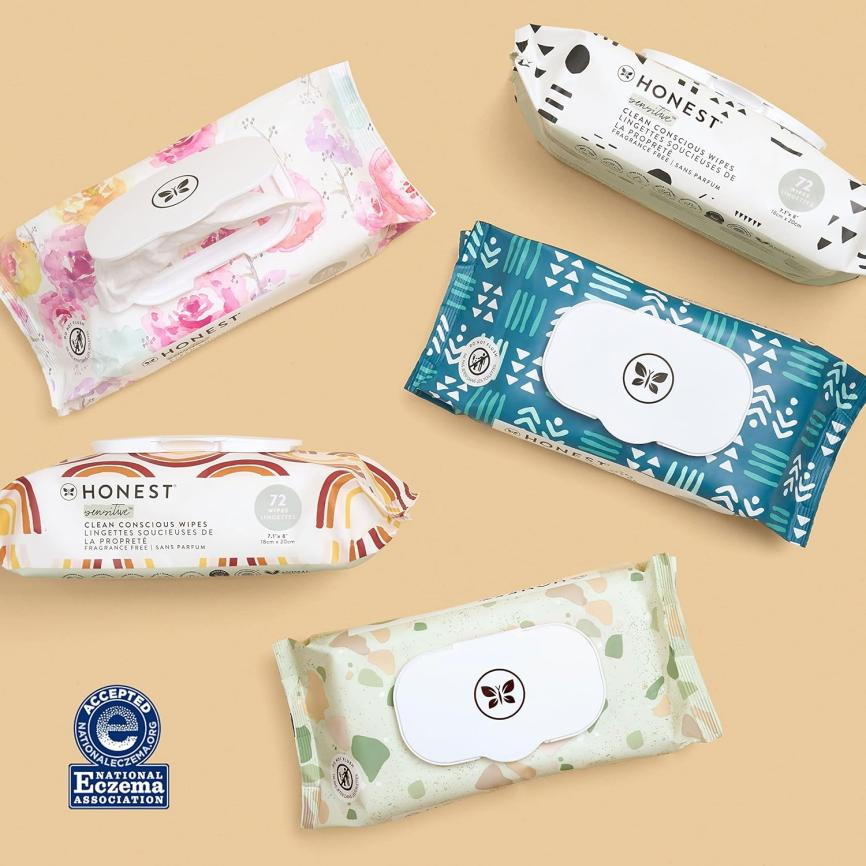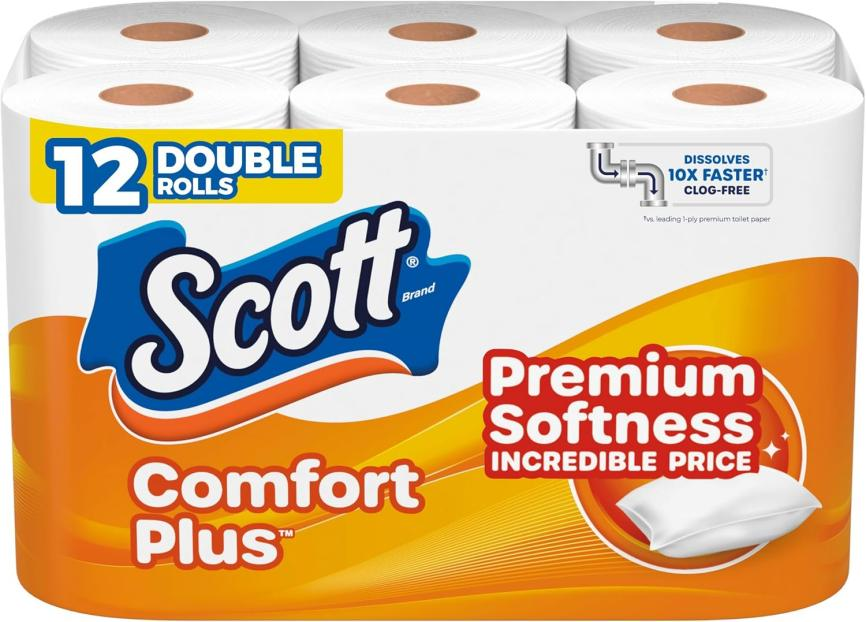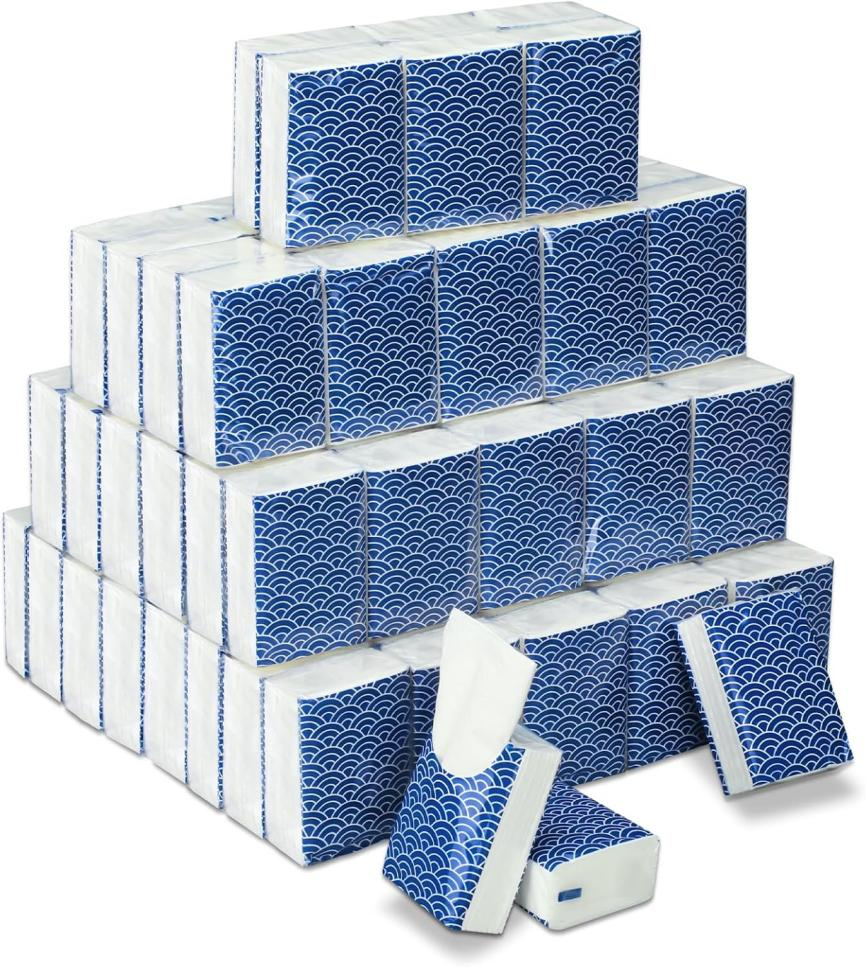How to Choose the Right Packaging Bag for Paper Towel Products?
In the fast-paced consumer goods (FMCG) industry, paper towels are one of the most common and frequently replaced daily essentials. Whether it's kitchen paper, tissue paper, wet wipes, or even portable tissue packs, we use them nearly every day.
However, few realize that keeping a paper towel clean, soft, and moisture-resistant depends not just on the paper itself but also on the often-overlooked packaging.
For brands, paper towel packaging is more than just a protective layer; it's a way to deliver value. It provides complete protection from the factory to the end of its life, influencing both product quality and brand perception. Moisture-proof, dust-proof, and damage-resistant packaging can extend the lifespan of paper towels, while distinctive printing and eco-friendly materials are key strategies to build trust and stand out.
As a result, more paper towel manufacturers and packaging firms are focusing on balancing functionality with sustainability through material innovation and structural improvements. MTPAK exemplifies this approach. We offer customizable, eco-friendly, and brand-recognizable flexible packaging solutions for paper towels, wet wipes, kitchen towels, and more, blending visual appeal with effective protection.
This guide will highlight the importance of paper towel packaging, from material structure to branding, helping you design packaging that combines quality with aesthetics.
Why are paper towel packaging bags so important?
Paper towels are frequently used household items, placing extremely stringent demands on their packaging. They must not only be lightweight, flexible, and moisture-resistant, but also ensure they are protected from contamination and damage during transportation, storage, and use. An excellent paper towel packaging bag should offer strong protection, clear printing, and adhere to environmentally friendly trends.
For paper towel products, packaging directly impacts product competitiveness at every stage, from production to use. First, it provides the most direct protective layer for paper towels. Paper towels are susceptible to moisture, stains, and tears, especially in humid environments like bathrooms and kitchens.
Second, a well-designed packaging bag ensures immediate recognition and helps brands accurately convey their values.
Furthermore, good packaging design can enhance the user experience. For example, easy-open designs with tear-off notches and resealable zippers make use more comfortable.
What are the common structures and forms of paper towel packaging bags?
Different types of tissues require different packaging structures. Common forms include the following.
1. Paper napkin packaging
Paper napkins are commonly used in food service settings (home, restaurant, or hotel). Common formats include pull-out boxes and folding bags. The packaging bag design must balance branding and ease of removal.
Typically, the packaging bags for boxed napkins are rectangular flat bags, primarily made of PP or PET/PP composite film. These bags offer excellent stiffness, protecting the paper inside from deformation. They can also feature color printing (such as a logo) and have a dotted tear line at the opening, allowing for direct removal of the paper.
Bagged napkins, on the other hand, are suitable for smaller packaging. They typically come in small square or long strips, made of PE or thin composite film. They offer excellent flexibility, and some have self-adhesive closures, allowing for a temporary seal after use to protect the paper from dust. These are commonly found in takeout and disposable applications in hotels.
2. Baby tissue packaging
Baby tissue packaging demands extremely high quality and safety. The packaging must prioritize antibacterial, moisture-proof, and convenient handling. Its structure allows for a stand-up bottom, an inner layer of food-grade PE film for direct contact with the tissue, a middle layer of VMPET to isolate oxygen and light, and an outer layer of PET film to protect the printed design and enhance the quality. Information such as sterile certification and food-grade contact materials can be included on the packaging to enhance parental trust.
3. Packaging of Toilet Paper
Toilet paper is packaged in multiple rolls, primarily for use in humid bathrooms. Therefore, the packaging needs to be moisture-resistant, pressure-resistant, and easy to carry. For small household packaging (typically 4-10 rolls/pack), multiple PE film bags are recommended. These are flexible and moisture-resistant, tightly wrapping the rolls to prevent them from falling during transport. Handle holes are included at the bag opening for easy handling.
Large box packaging, such as 20 rolls/pack, typically uses a kraft paper laminate or thick PE bag as the outer layer. These bags are both moisture-resistant and pressure-resistant, making them suitable for stacking and warehousing. Some brands also add a moisture-proof lining to protect the toilet paper from moisture.
4. Pocket tissue packaging
Poctet tissues are designed for on-the-go use, typically in bags of 5-10 sheets. The packaging is compact, lightweight, and easy to store. They are typically flat pouches with three or four side seals for a good seal. They are made of PE film or composite film, which is lightweight and flexible, resisting damage even after repeated folding. Customized designs are also available for gifts and promotional items.
What are the key materials for paper towel packaging bags?
In tissue packaging, the material choice directly impacts the packaging's feel, protective properties, and environmental performance.
PE film is the most commonly used substrate. It offers excellent stretchability, low-temperature resistance, and low cost, making it suitable for most tissue packaging. It comes in two types: LDPE and HDPE, and the choice depends on the desired stiffness.
PET film is particularly transparent, relatively rigid, and heat-resistant, offering excellent printing quality. It can be used as outer packaging for high-end tissues and has a relatively crisp feel.
In addition, PP offers superior stiffness to PE and high-temperature resistance, making it suitable for outer packaging for boxed napkins. Its smooth surface provides excellent printing quality.
In terms of printing technology, gravure or flexographic printing is commonly used. Gravure printing offers vibrant colors and sharp details, making it suitable for complex designs (such as IP collaborations and gradient colors). Flexographic printing is more environmentally friendly.
Use food-grade, environmentally friendly inks, especially for the inner layer that may come into direct contact with the tissues. High-end tissue paper will also have a matte coating or hot stamping process on the surface of the tissue packaging, while mass-market tissue paper generally prefers a glossy coating.
Conclusion
Whether it's the display needs of paper napkins, the antibacterial needs of baby tissues, the moisture-proof needs of toilet paper, or the portability of pocket tissues, the core is to prioritize the user scenario and match function with quality.
If you're facing difficulties in selecting paper towel packaging bags, such as material compliance, poor application adaptability, and cost control, MTPAK offers customized solutions. From food-grade material selection and structural design to printing processes, we'll fully align with your product characteristics and brand positioning, making packaging bags a valuable addition to your paper towel products.
Choosing the right paper towel packaging bag starts with understanding user needs—contact us today to create a paper towel packaging solution that's both practical and marketable!
Email:account@mtpak.com
Contact us:https://mtpak.com/contact-mtpak

